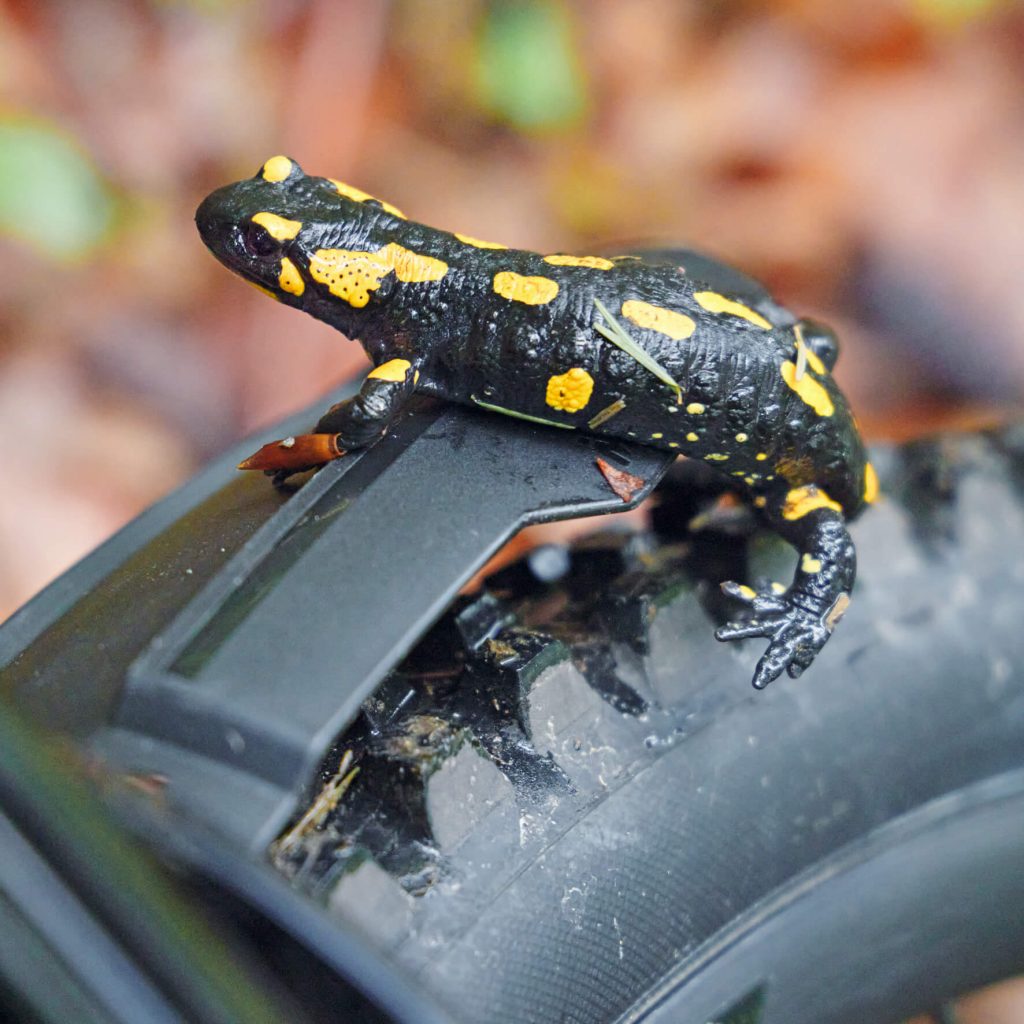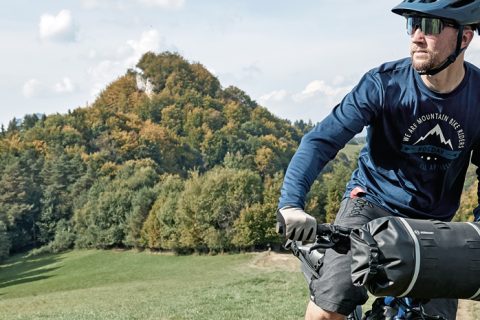From the granulate to a mudguard
The perfect product in 8 steps
Have you ever wondered how a mudguard is made? Well thought-out developments and state-of-the-art technology are necessary to produce the perfect product. Join us step by step through the production process of the MUDROCKER! We promise you: It’s pretty exciting.
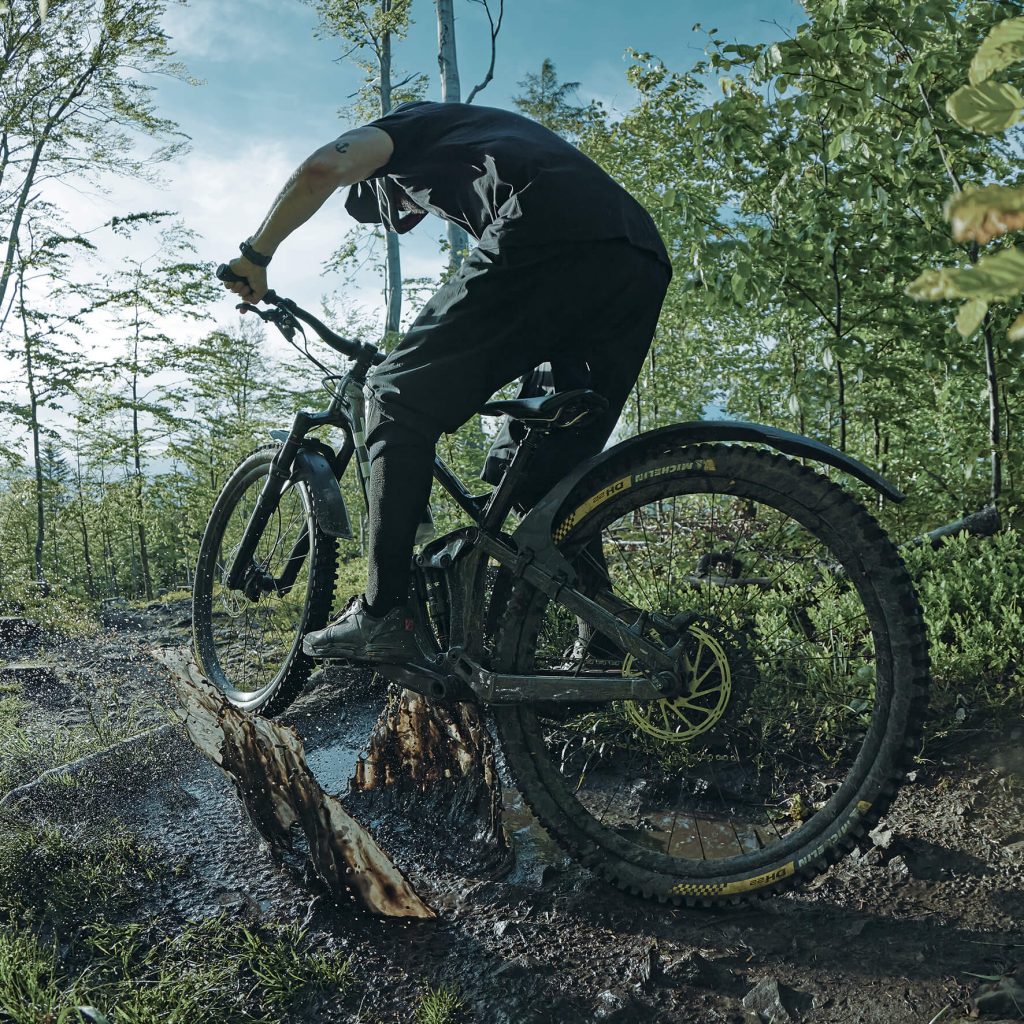
Step 1: It begins with an idea
What is the current trend? What new bicycle geometries are there? Our product managers continuously keep an eye on the bike industry. After a comprehensive market analysis, the product idea is finally created. In addition to the user-friendliness and safety of the product, it is important that all components can be produced economically and in top quality.
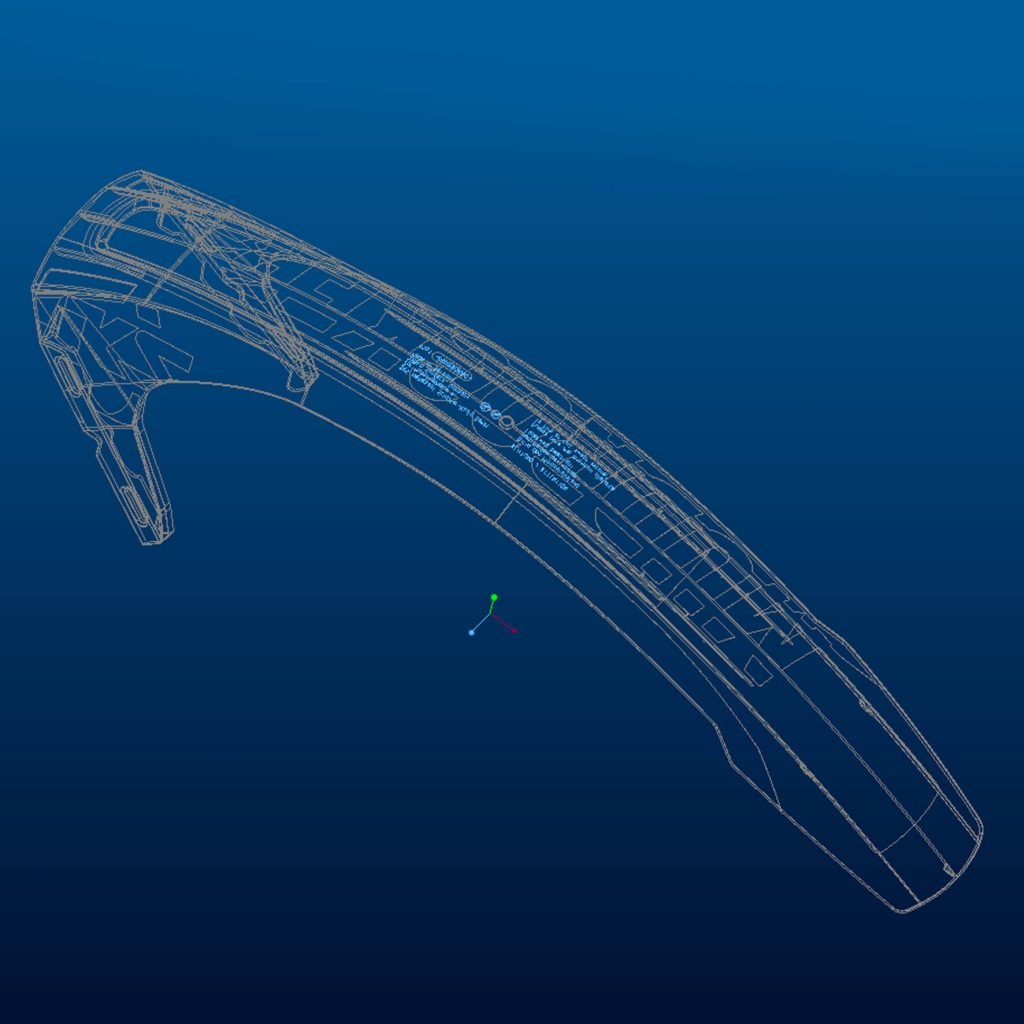
Step 2: The baby takes shape
All project participants from the product management, development, design and toolmaking departments work “in-house” and are optimally networked with each other. The development department is in action first: The mudguard is initially constructed in 3D format on the computer and a prototype is created on the 3D printer based on the data.
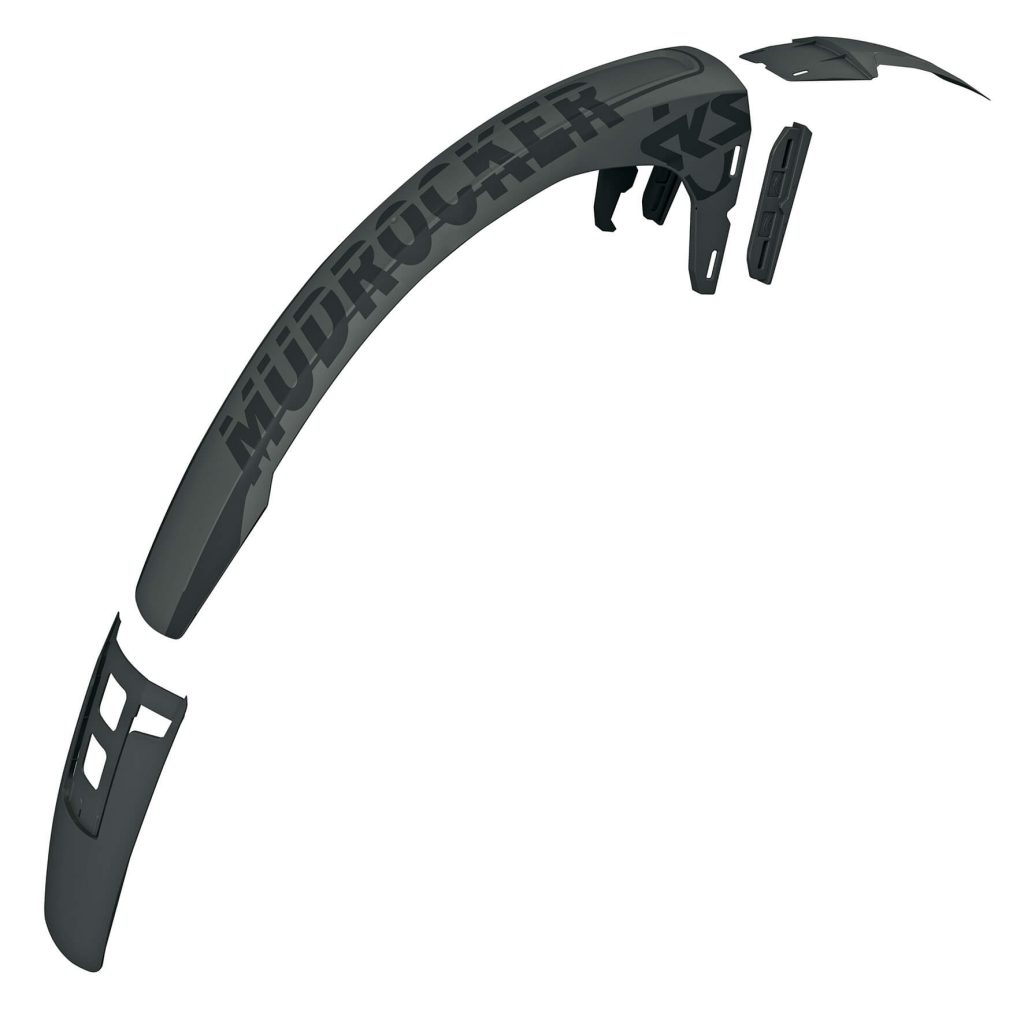
Step 3: Test, test, test
Our team is very bike-friendly. The prototype is therefore thoroughly tested by SKS colleagues in field trials. Our “water spraying machine” also offers meaningful insights: Equipped with the prototypes, the bike rolls on a wet belt conveyor to simulate a ride in the rain. Now we will analyse exactly what protection the prototype offers.
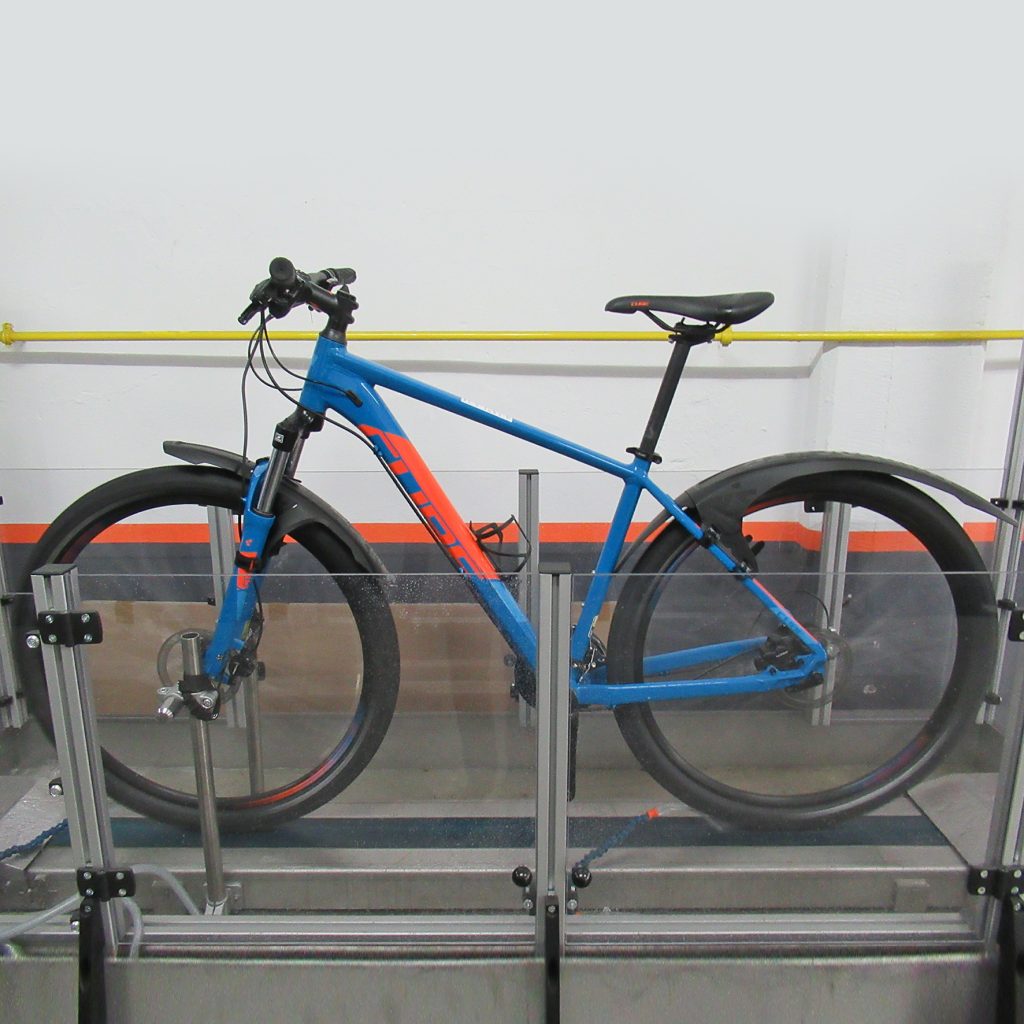
Step 4: Tailor-made design
Of course, a mudguard should not only be practical, but also look good. Therefore, our designers now start to give the technical construction an attractive, modern look. Another prototype with the final design is created and will be checked in detail by our experts. When everything is perfect, the injection moulds are constructed using the 3D process.
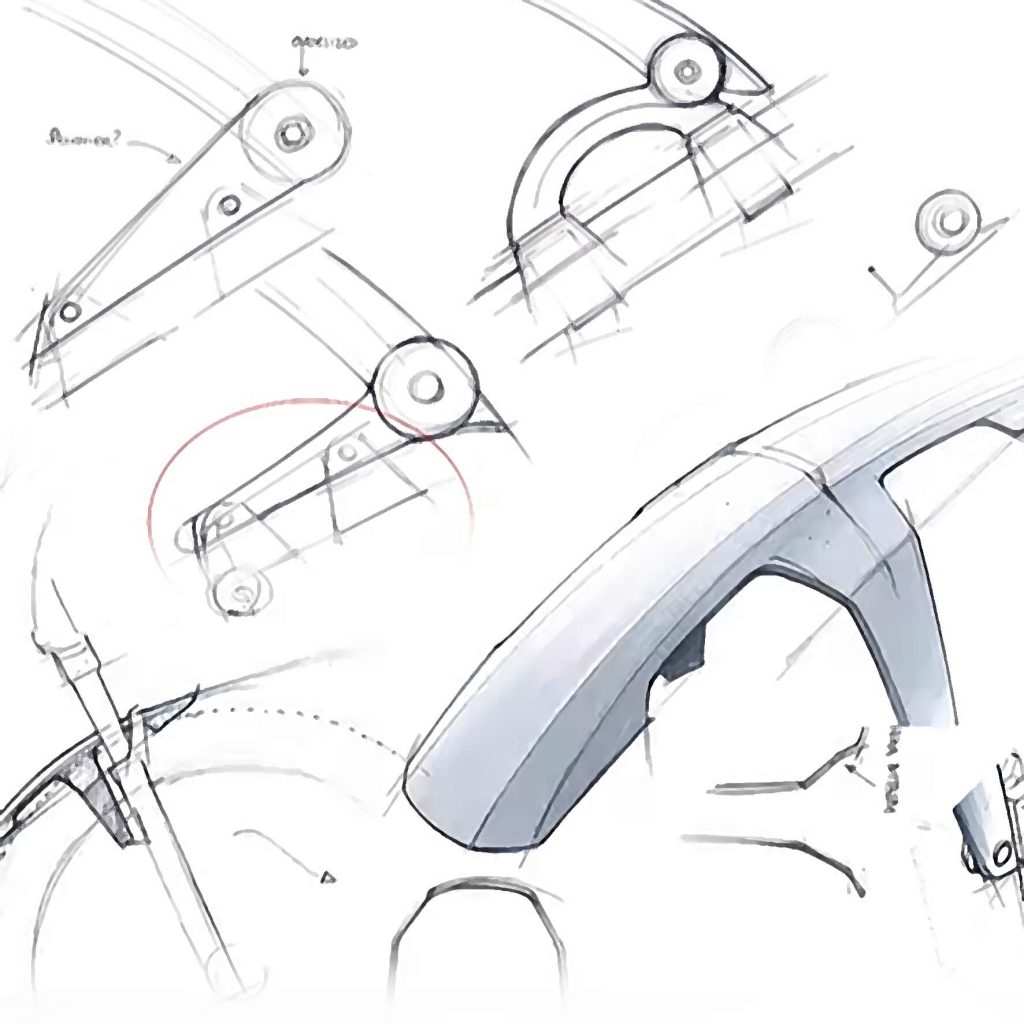
Step 5: Precision work is called for now
The injection moulds are now built in our own in-house toolmaking department with an accuracy to a hundredth of a millimetre. The mould consists of two halves, namely the nozzle side and the ejector side. Every day, 15 tool mechanics work on new tools. Some 2000 injection moulds have already been produced at SKS for the production of bicycle accessories.
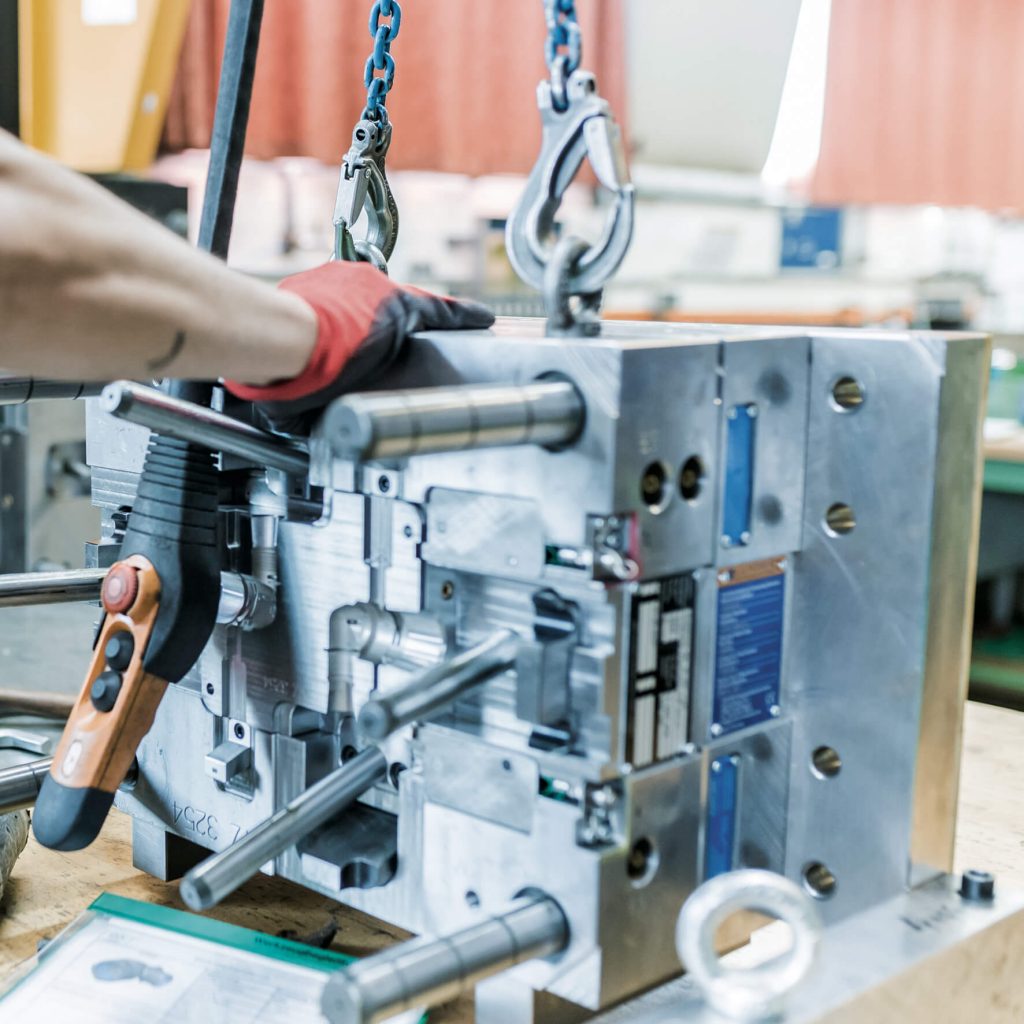
Step 6: Recyclable raw material
The plastic granulate is stored, for example, in large silos on the SKS site. We use thermoplastic plastics that can be melted and reformed. Mechanical crushing allows the plastic to be recycled completely in an energy-efficient manner. The recycled granulate can then be used as a raw material for the production of new products.
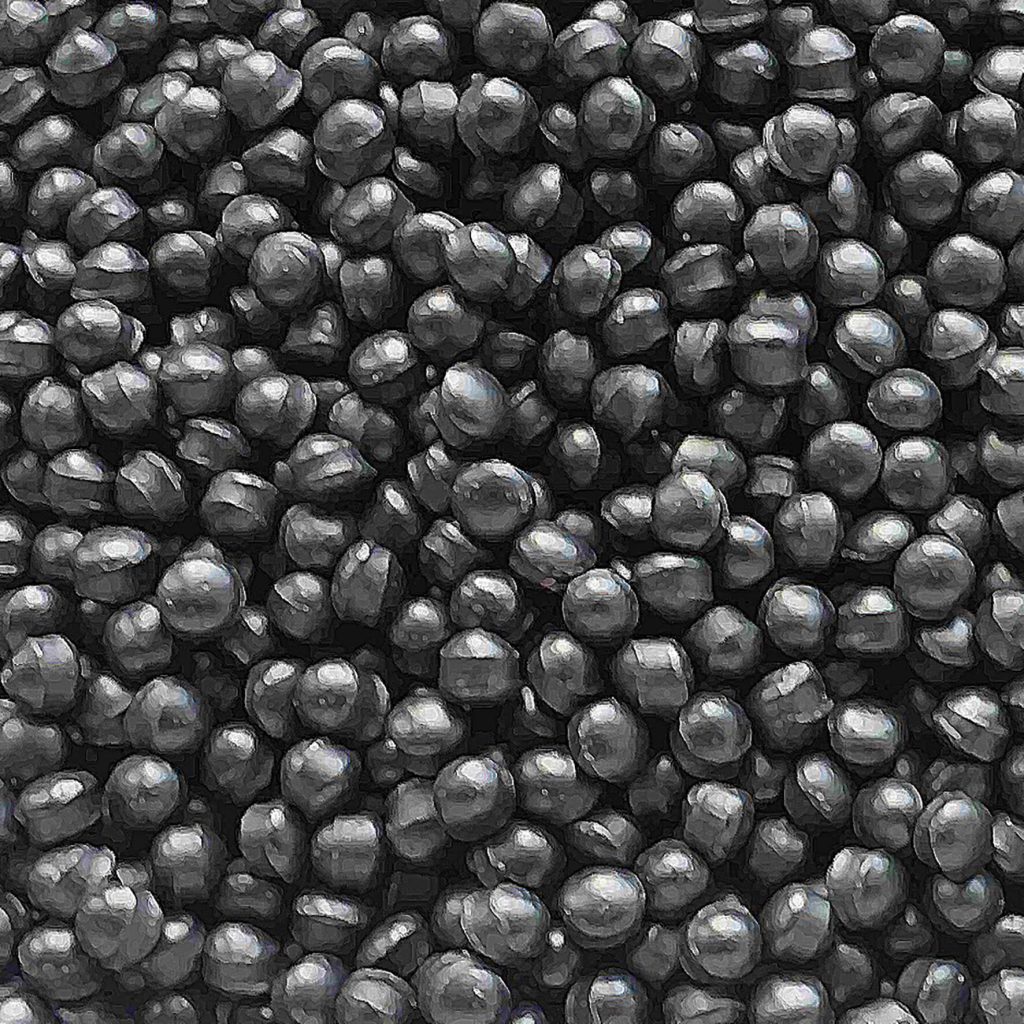
Step 7: Under pressure
From the silo, the granulate passes through a pipe system to one of the 75 injection moulding machines. Just like in a meat mincer, the plastic is now turned, heated and homogenised by an auger. Under pressure, the hot plastic mass is injected into the previously installed injection mould, where it hardens and then is ejected out of the hollow mould as a finished mudguard.
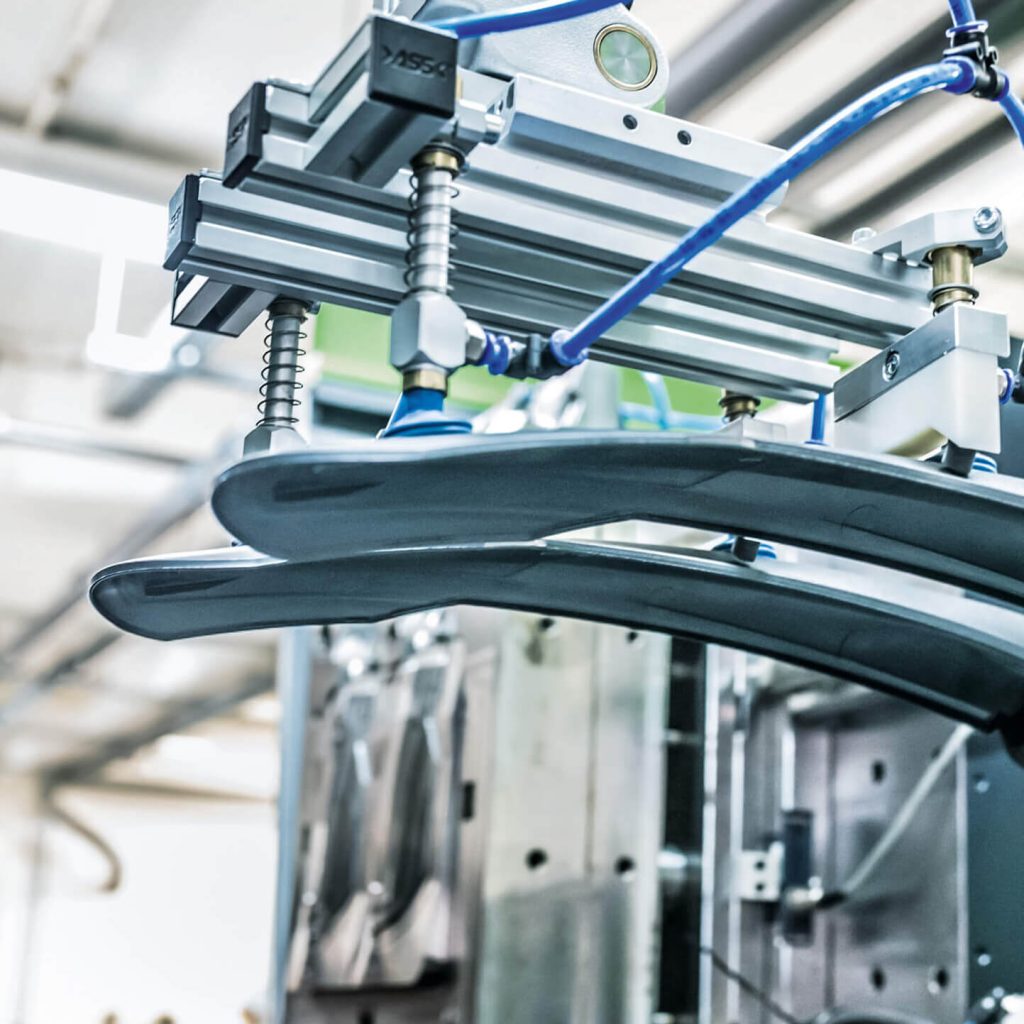
Step 8: Off out into the world
After the quality check, the MUDROCKERs are packed and ready to be shipped around the world. Maybe you will soon discover a mudguard from SKS GERMANY at a bicycle dealer. Then you will now know with how much care it was created – and that its long-lasting quality contributes to conserving resources and therefore protecting the environment. Made in Germany – made with love!
